Mortar that's only partially dried probably won't bond with the tile if you configure it. It will add a great degree of design and also class to the home of yours. And when the tiling involves both the walls and the floor, it's suggested that you start with the walls first. You are able to personalize the house according to yourself. Additional tiles which are very porous can also be an issue.
Outdoor Tile Flooring Ideas

Lots of master installers are able to get you floor tile at a great discount, particularly when they're installing the tile floor. A lot of the choices are stock items which means you will not need to wait for a special order to are available in. You can work with a tile cutter or a glasscutter for modest jobs, but for huge projects you may possibly have to have a damp saw.
27 Amazing Hardwood Floor Finishing Near Me Unique Flooring Ideas
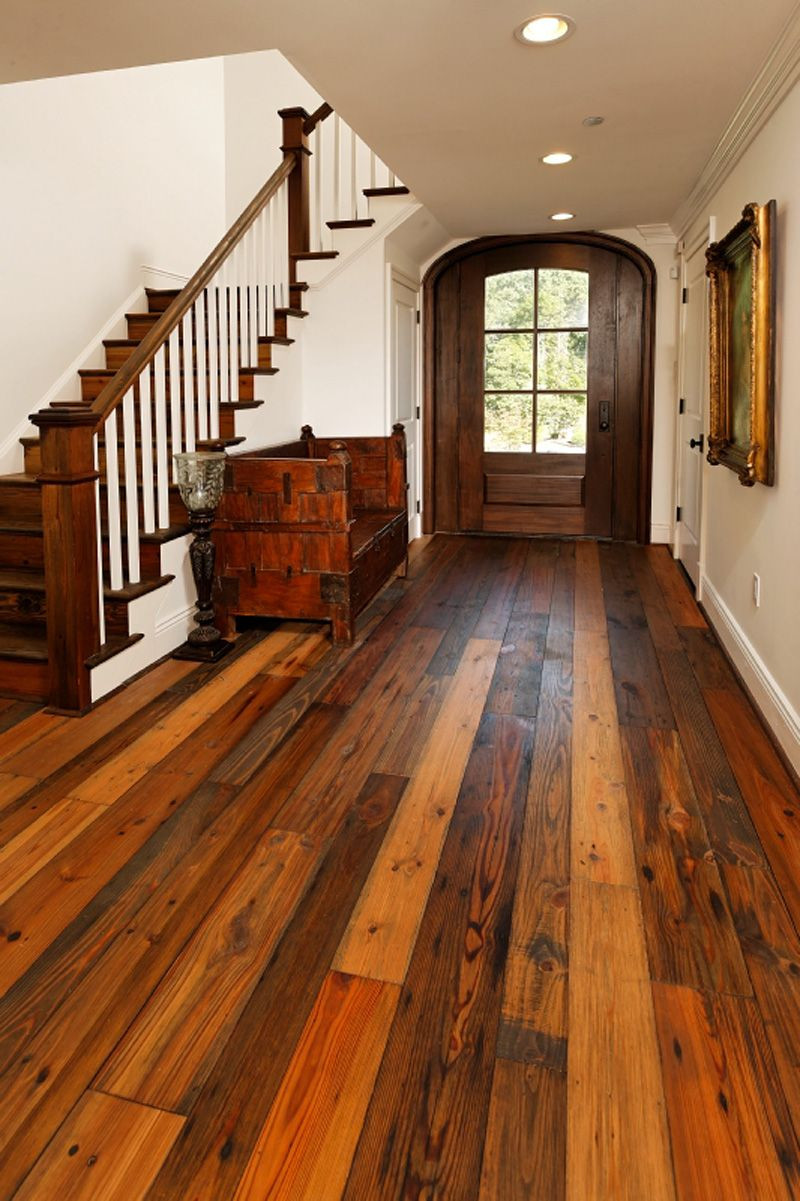
However you may possibly be on a budget or even an enthusiastic DIY enthusiast and wish wish to setup the tiles yourself, so have a look at this step by step guide to ceramic tile flooring set up. For consistent cleansing, damp mopping does the technique. Price of garage tile flooring can add up, that is one of the drawbacks inflicted on our method. It can immediately modify the appearance of any floor.
Glidden Porch & Floor Paint and Primer, Grab-N-Go, Satin Finish, Dark Grey, 1 Gallon – Walmart

Wood look tile Outdoor tile patio, Patio tiles, Front porch makeover

19 Beautiful Patio Designs With Tile Flooring That Will Impress You

Outdoor Floor Tiles, Best Tiles For Floor Outside – China Hanse Exterior Tiles Flooring Manufacturer
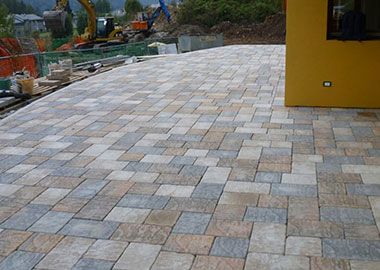
Natural stone outdoor floor tiles By GH LAZZERINI

Natural stone outdoor floor tiles By GH LAZZERINI

24 Amazing Ideas of Rustic Wood Flooring for Extravagant Look
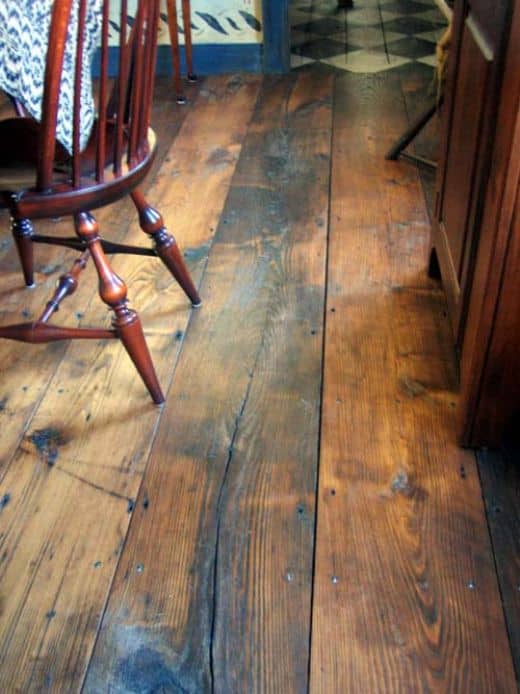
Four Tips for Using Outdoor Floor Tiles

Large Outdoor Floor Tiles Novoceram Large Tiles for Outdoor Floor
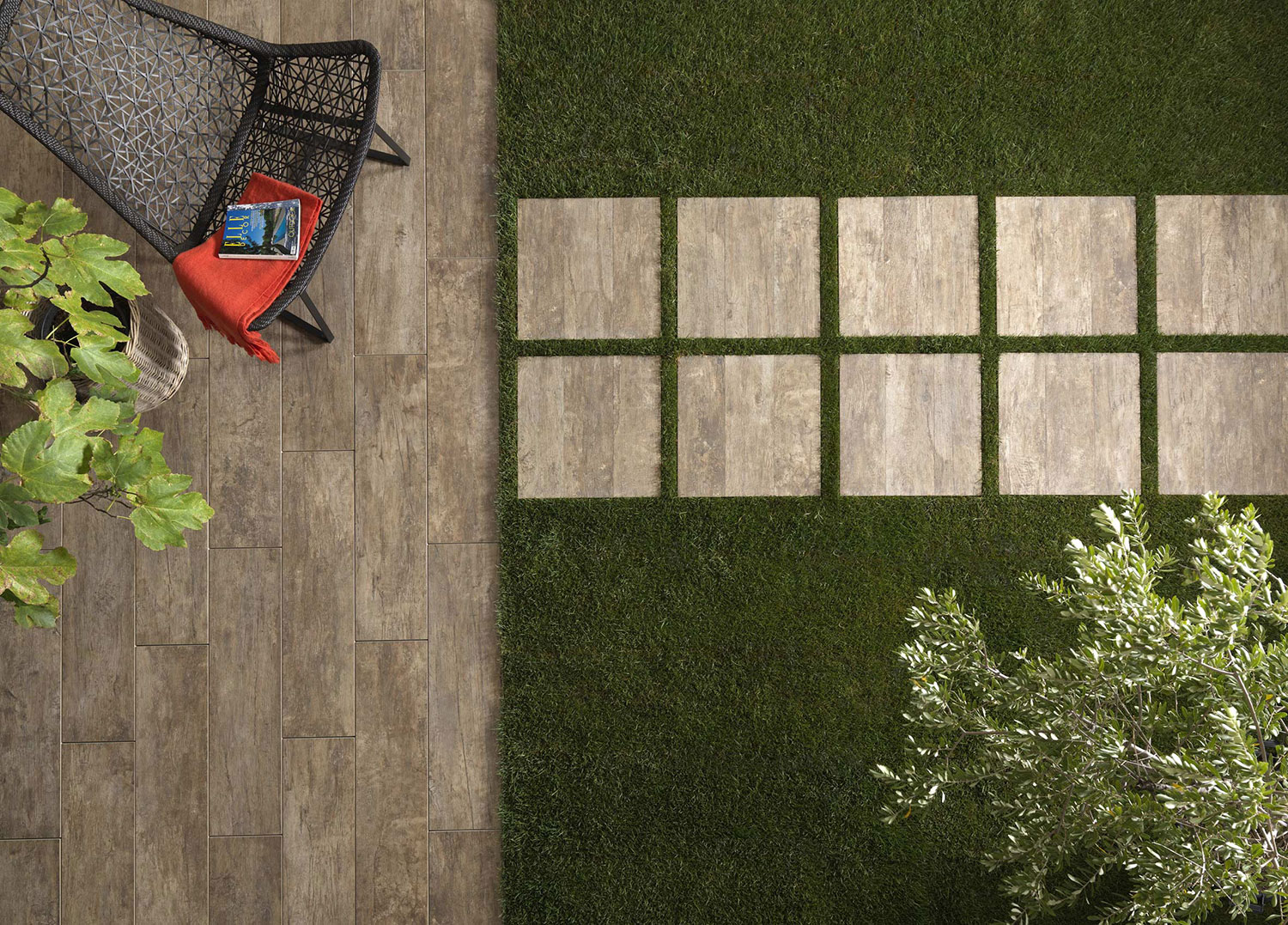
35 great ideas and pictures of bathroom tiles cork 2022
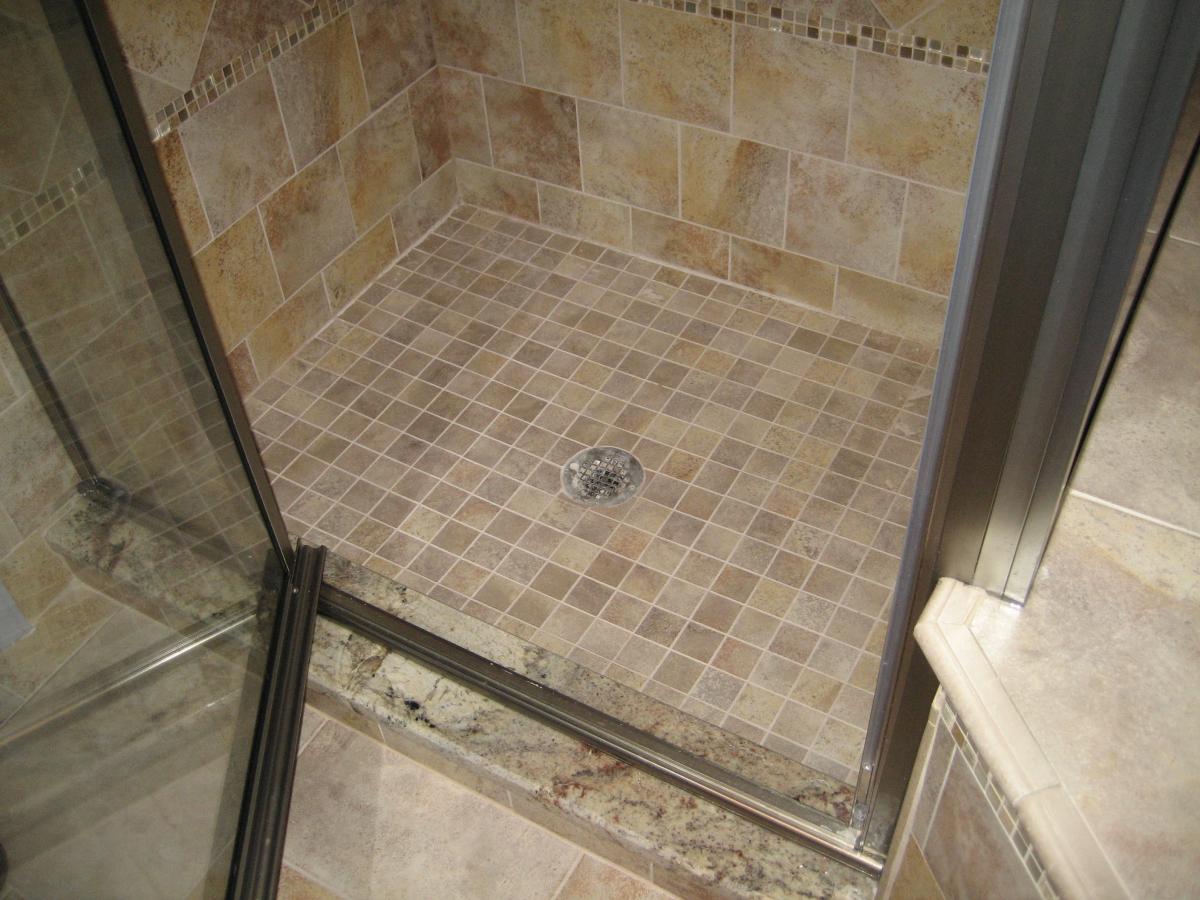
Tile shop in Medway, Tiles in Kent, UK stockist of superior wall tiles and floor tiles for

Natural stone outdoor floor tiles By GH LAZZERINI

50 Cool Bathroom Floor Tiles Ideas You Should Try – DigsDigs
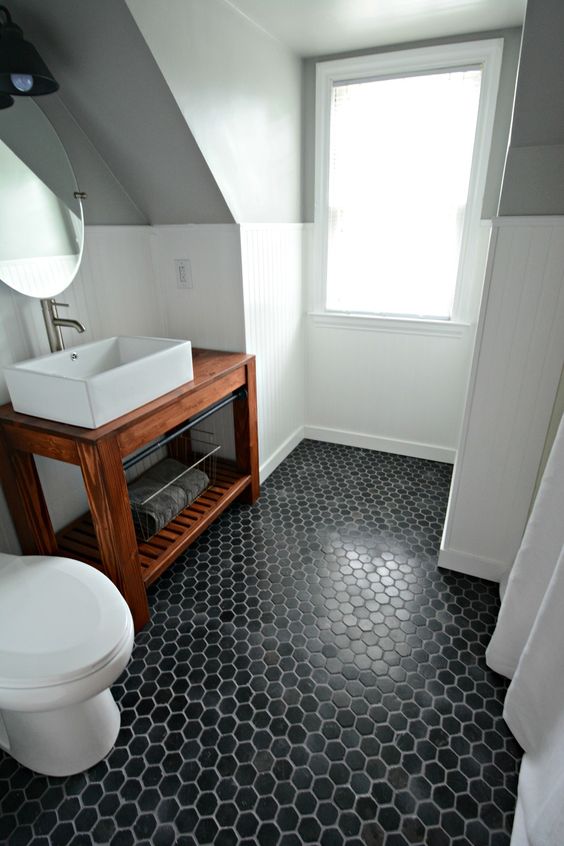
Related Posts:
- How To Stain Saltillo Tile Floor
- Tile Floor Care
- Trafficmaster Ceramica Resilient Tile Flooring
- What’s The Best Way To Clean Grout On Tile Floors
- Best Tile Floor Scrubber Machine
- Chair Casters For Tile Floors
- Tile Floor Vacuum And Mop
- Best Steam Vacuum For Tile Floors
- Waterproof Laminate Tile Flooring
- Cleaning Saltillo Tile Floors